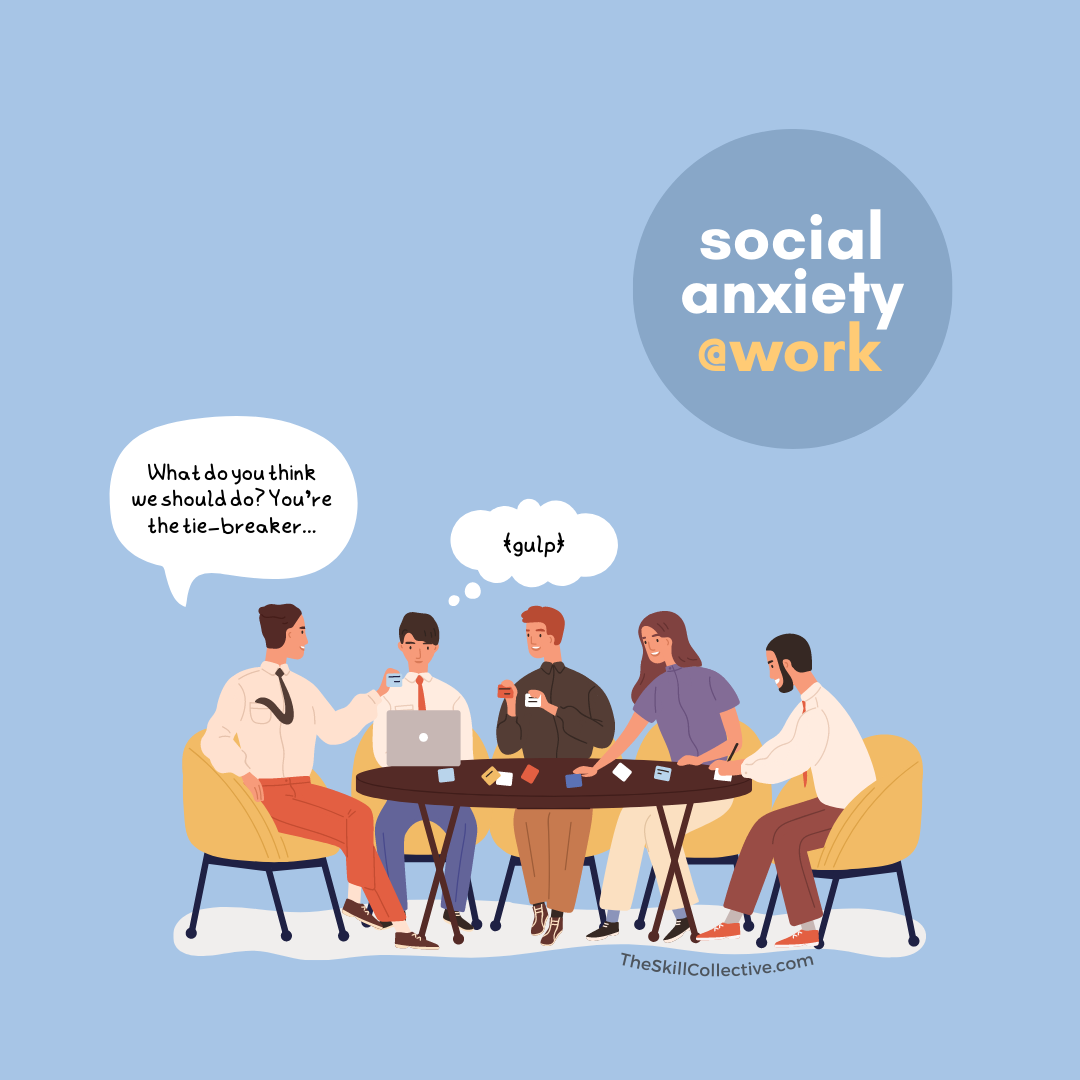HELPING YOUR CHILD DEAL WITH SOCIAL ANXIETY
By Cathryn Prendergast
Growing up is about facing new situations and new challenges, and the same applies when it comes to children’s social development. Navigating social situations can often be a source of nerves for children and lead to feelings of self-consciousness.
However, sometimes the nerves take the form of anxiety and excessive self-consciousness, impaired self-confidence, or result in physical discomfort or illness. For some children, coping comes in the form of avoiding social situations wherever possible.
While avoidance may feel safer for them in the short term, unfortunately this means that they miss out on mastering skills to build confidence in social situations. So, to help children break this cycle of avoidance we’ve outlined some helpful coping strategies below.[1]
Explore anxious emotions and physical symptoms
Children often experience anxiety in their bodies and it can take some encouragement to help them link these to emotions. To help your child to make the link, talk about what happens to the body when facing a feared social situation.
Common symptoms that a child can easily identify with include butterflies in the tummy, sweating, blushing, a racing heart, short breaths, and tightness in muscles. Normalise these sensations as what everyone experiences from time to time when they feel scared or afraid.
Finally, help your child respond to these feelings using controlled breathing and progressive muscle relaxation exercises.
Play detective when it comes to predictions around a feared social situation
“What if” thoughts can easily take over when a child is faced with a feared social situation:
What if I make a fool of myself?
What if everyone laughs at me?
What if no one talks to me?
What if I do something embarrassing?
What if my friends/teachers/adults think I’m silly?
It can be easy to get stuck in a "what if" worry loop and not assess if these thoughts are likely to be true. So, explore with your child what happens (i.e. anxiety increases) when “what if” thoughts start to creep in. Normalise the anxiety, that if you also had these predictions, it is understandable to feel scared about the situation.
Help your child play detective to see if these worries are true. For example, if your child says “I don't want to go to the party! I have no friends, no one wants to play with me!”, it can help to gently point out that her friend ran up to hug her when they last caught up, or that your child was invited to several birthday parties.
Alternatively, talk to your child about whether they have previously felt anxious (prior to social situations) to see if the outcome was as awful as predicted, “Remember the last time Jasmine had a party and you didn’t want to go because you thought you would know no one there? In the end you didn’t want to leave because you were having too much fun with your friends!”.
Avoid avoidance - Practice and prepare for the feared social situation
Sometimes it’s the unfamiliar that triggers anxiety and avoidance in your child. Get a sense of what your child is most afraid of in social situation to see if there are options to practice and prepare for the feared situation. It may be that they’re afraid of starting a conversation, asking a teacher for help, joining in on a game, playing a team sport, or doing a presentation.
Problem-solve together, devising a plan about what they can do or say and how they will go about doing it. Together, look for reputable sources on the Internet and YouTube videos for some ideas.
Next, practice the plan through role-play, writing it out in a story or having a script. Don’t forget positive feedback along the way, “Great ideas, I can see that working!’
Build mastery: Stepping stones to success
To help boost confidence and motivation in executing the skill, break the process down into less confronting stepping stones so that your child can have easy wins and a confidence boost.
For example, if starting a conversation with a friend at school is the feared situation, work out a conversation plan beforehand and practise using these stepping stones:
Imagining themselves in that situation and executing the plan well
Practise with a family member or friend
Practise with a teacher
Attempt the conversation with the friend at school
Finally, talk with your child about what happened after they moved through all the stepping stones. See if the feared prediction came true and whether the outcome changes what they think about situations (e.g. "Not as scary as I think they are.") or about their ability to cope in a situation (e.g. "I didn't like it, but it was okay in the end.").
If you’d like a tailored approach, reach out! Our team of psychologists can support you and/or your child.
REFERENCE
[1] Herbert, M. (2006). Clinical Child and Adolescent Psychology. From Theory to Practice. England: John Wiley & Sons Ltd












Keep track of your anxiety by monitoring your mood and sticking with healthy habits. Here we outline how the humble planner can help you to achieve your goals when it comes to anxiety.